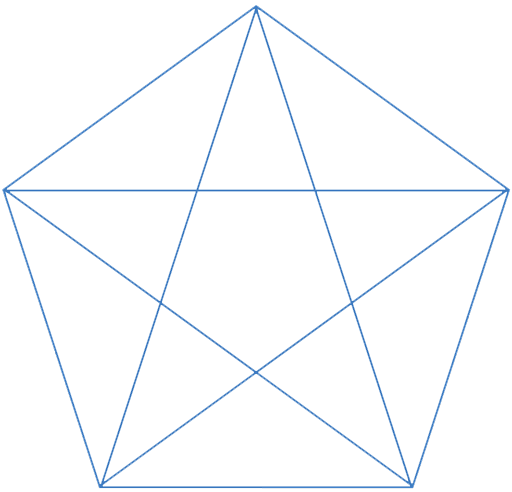
Speeches and talks
“There is nothing in the world like a persuasive speech to fuddle the mental apparatus and upset the convictions and debauch the emotions of an audience not practiced in the tricks and delusions of oratory 1.” - Mark Twain
Introduction
A speech, also known as a talk in a more informal context, is a form of verbal communication typically directed at a specific crowd or group of people, usually in order to persuade, inform or educate the receivers. As is the case with many other non-fiction 2 genres, a rather large group of subgenres exists, however, political-, persuasive 3 and informative speeches are the subgenres most commonly examined and analysed. Great examples of the genre include Winston Churchill 's infamous call to arms, Blood, Toil, Tears, and Sweat (1940), Martin Luther King 's I Have A Dream (1963) and Nelson Mandela 's I Am Prepared to Die (1964). In more recent times, it has become quite common for succesful people in a variety of different fields to give talks, especially on the platform TED. Examples of these include Chimamanda Ngozi Adichie 's The danger of a single story (2009) and Bill Gates '' The Next Outbreak? We're not Ready from 2015.

ANALYTICAL TOOLS
Lasswell's Model of Communication
Most analysis models regarding articles and communication in general, revolve around the sender-receiver relationship as well as the message or intention of the text. Who says what to whom with what effect? was the original question posed 4 by Harold D. Lasswell, thus leading to Lasswell's Model of Communication being conceived.
Toulmin's Model of Argument
In 1958, the English professor and philosopher Stephen Toulmin released his book The Uses of Argument in which he proposed Toulmin's Model of Argument as a way of perceiving argumentation. Toulmin's thesis 5 was that for a good argument to succeed, it would need to provide justification for its claim.
Rhetorical Devices
In order to persuade or educate the audience, it is often necessary to apply certain stylistic or persuasive devices. Rhetorical Devices often desire to evoke 6 an emotional response to the words uttered in the audience, thus making the argument, attitude or position more compelling than it would otherwise be.
The Rhetorical Pentagram
The rhetorical pentagram was invented by the Roman statesman Cicero, who designed the model to explain the communication between human beings. An important detail of the pentagram is the connection between each point. The points are connected to suggest correlation 7, meaning that if one of the points is changed the other points will also be affected.



